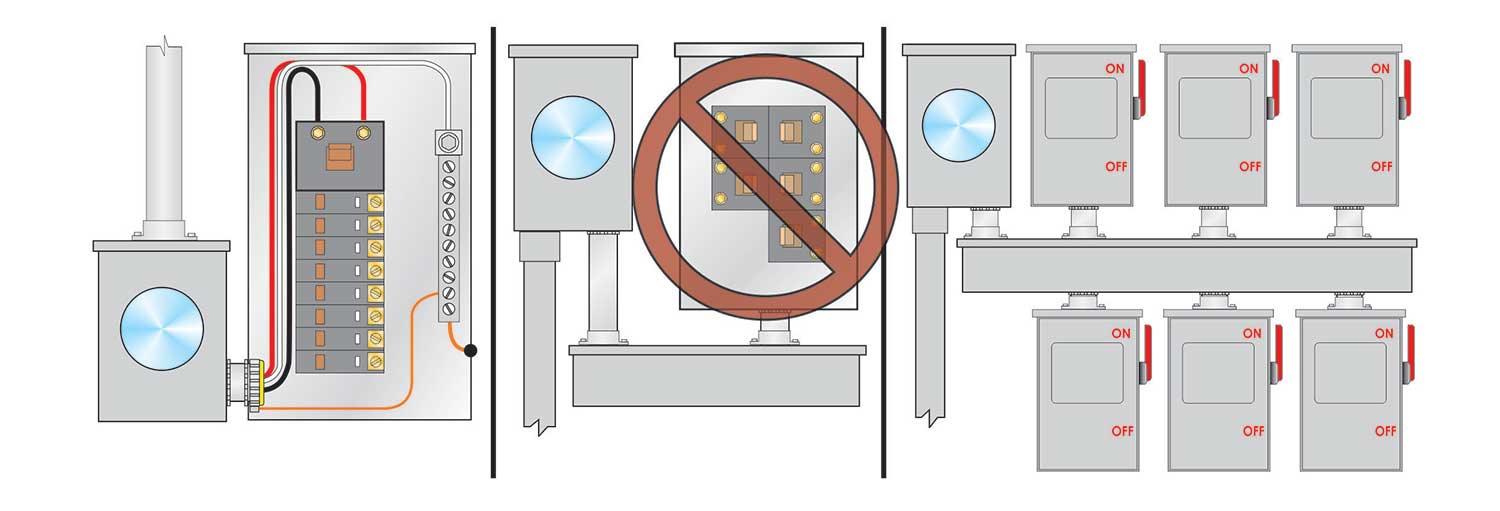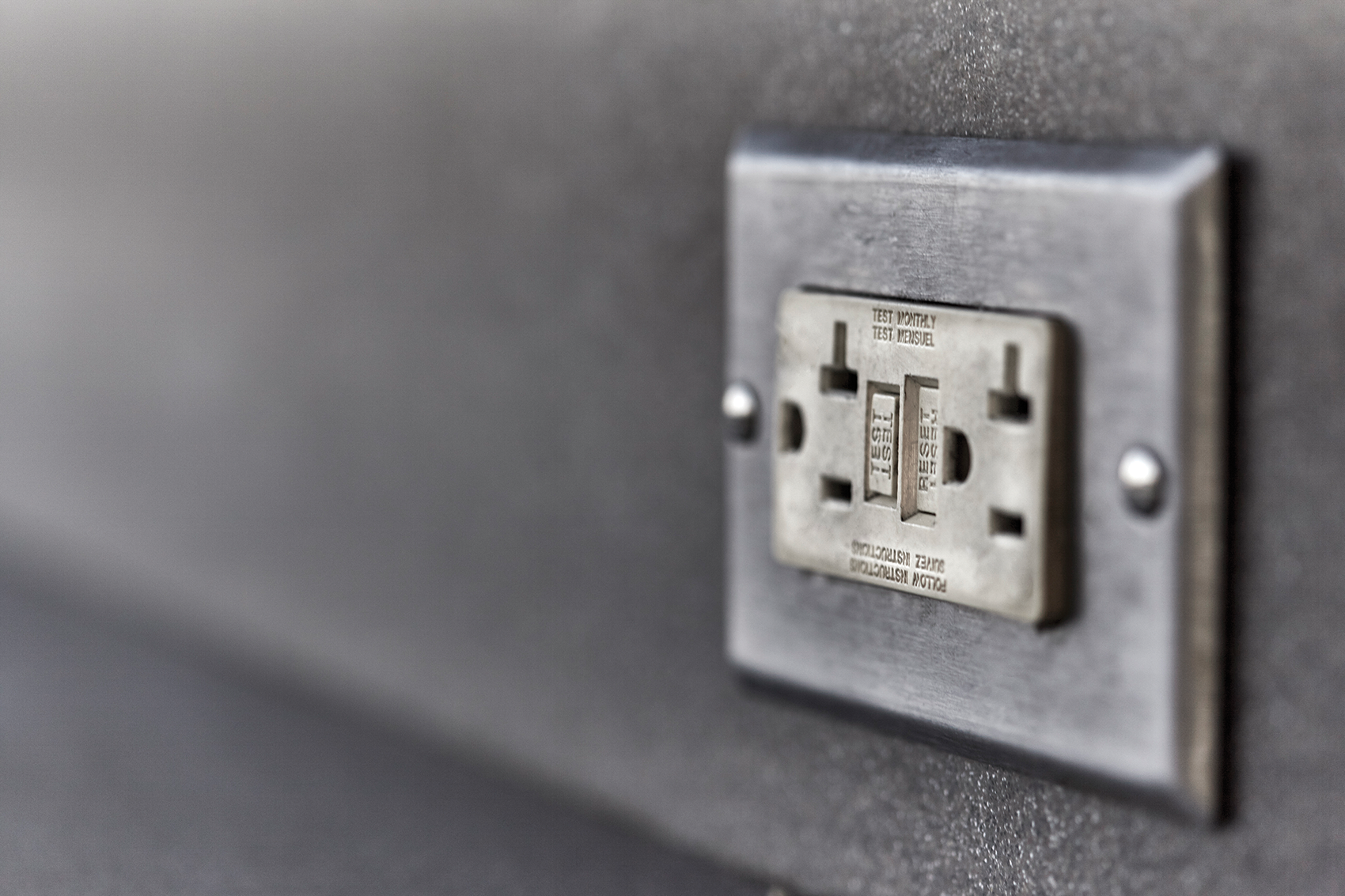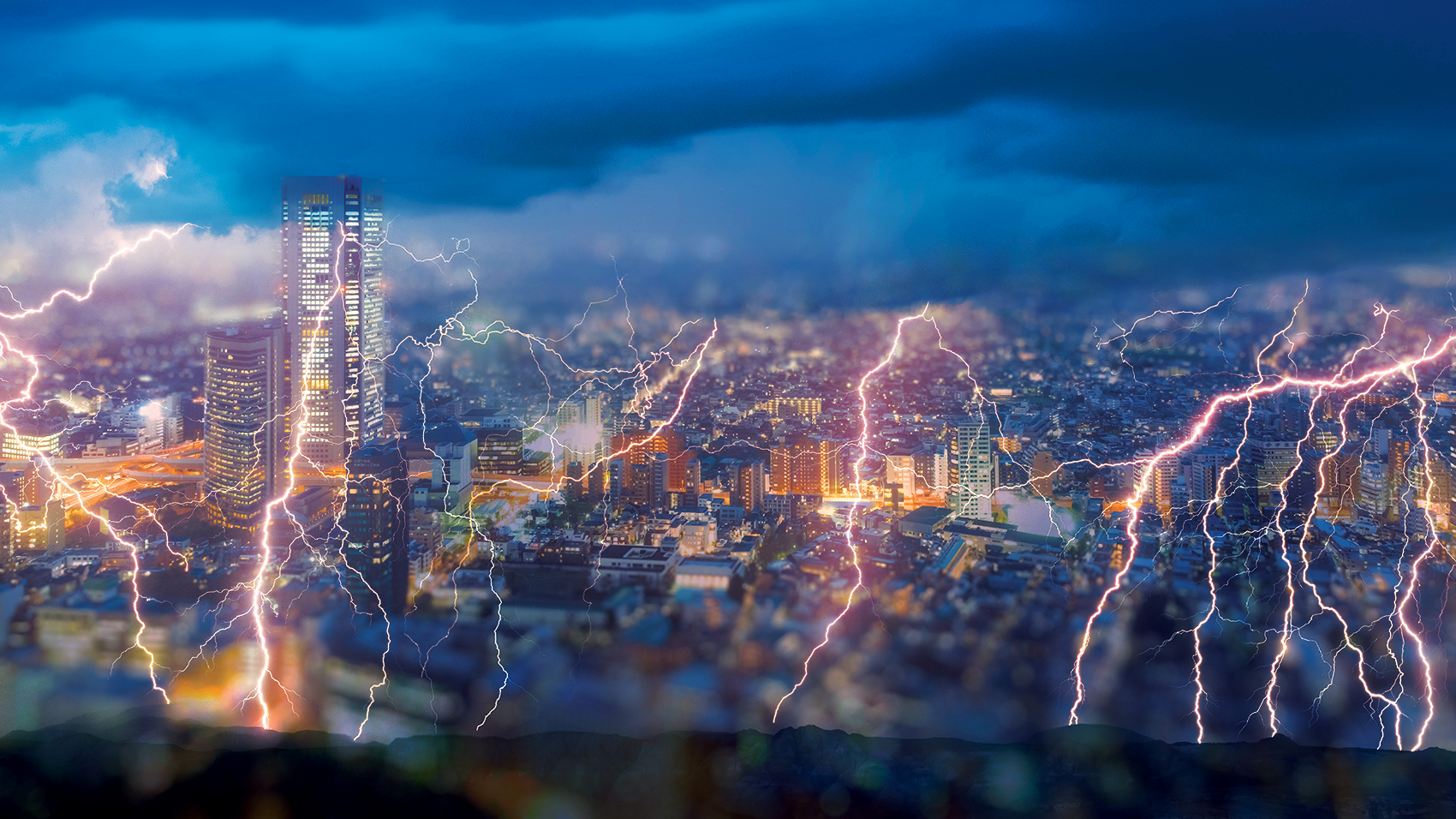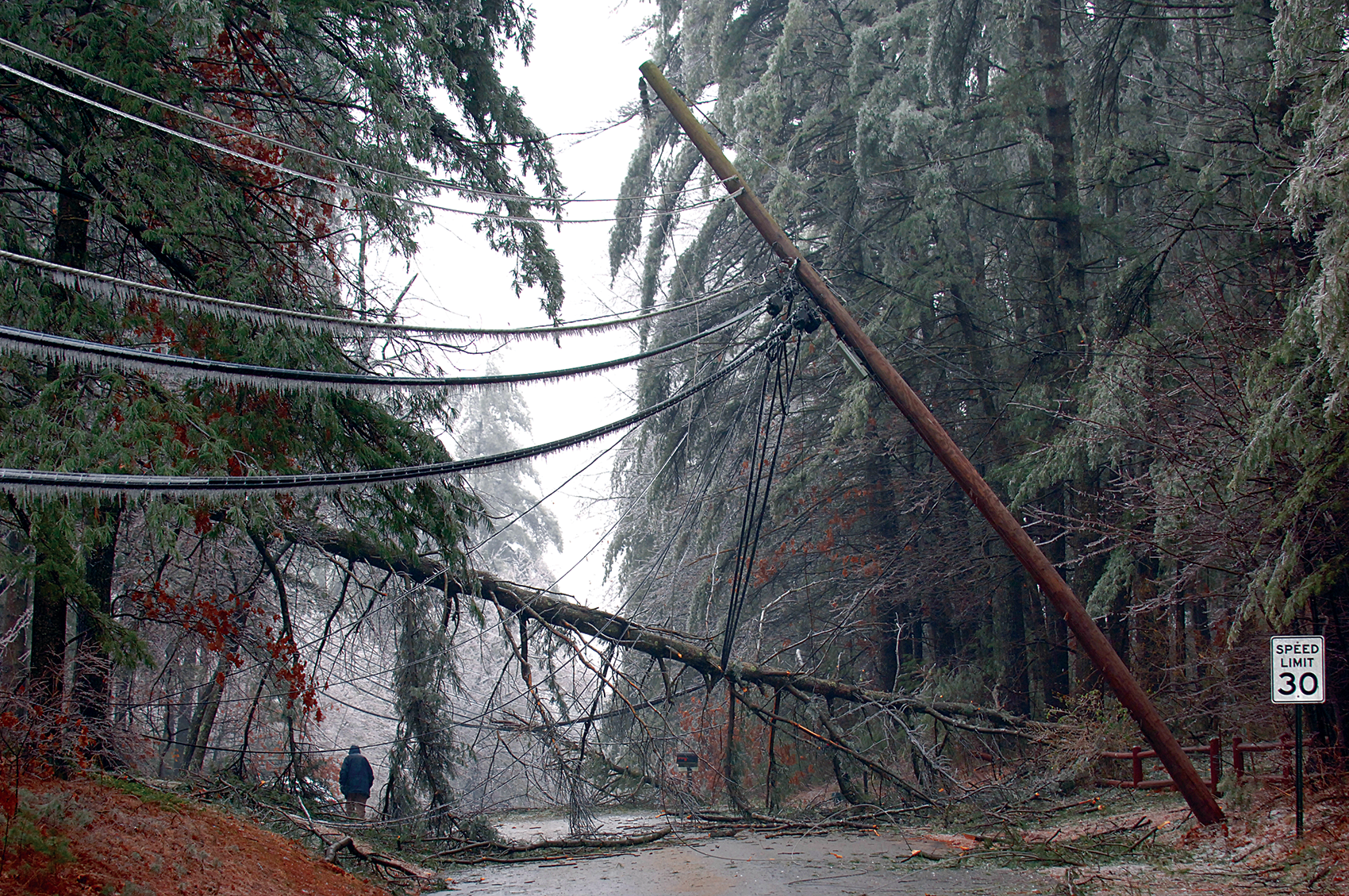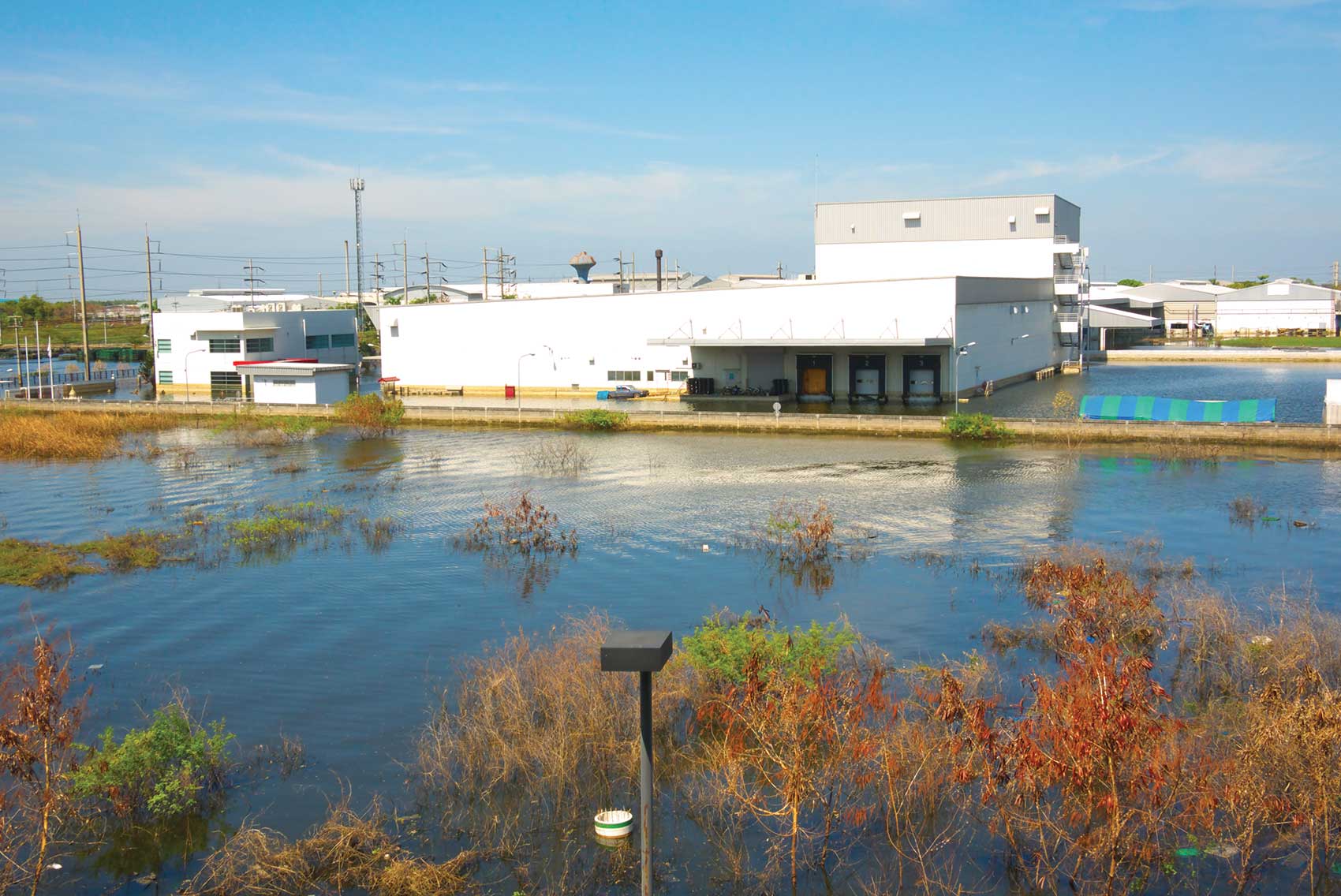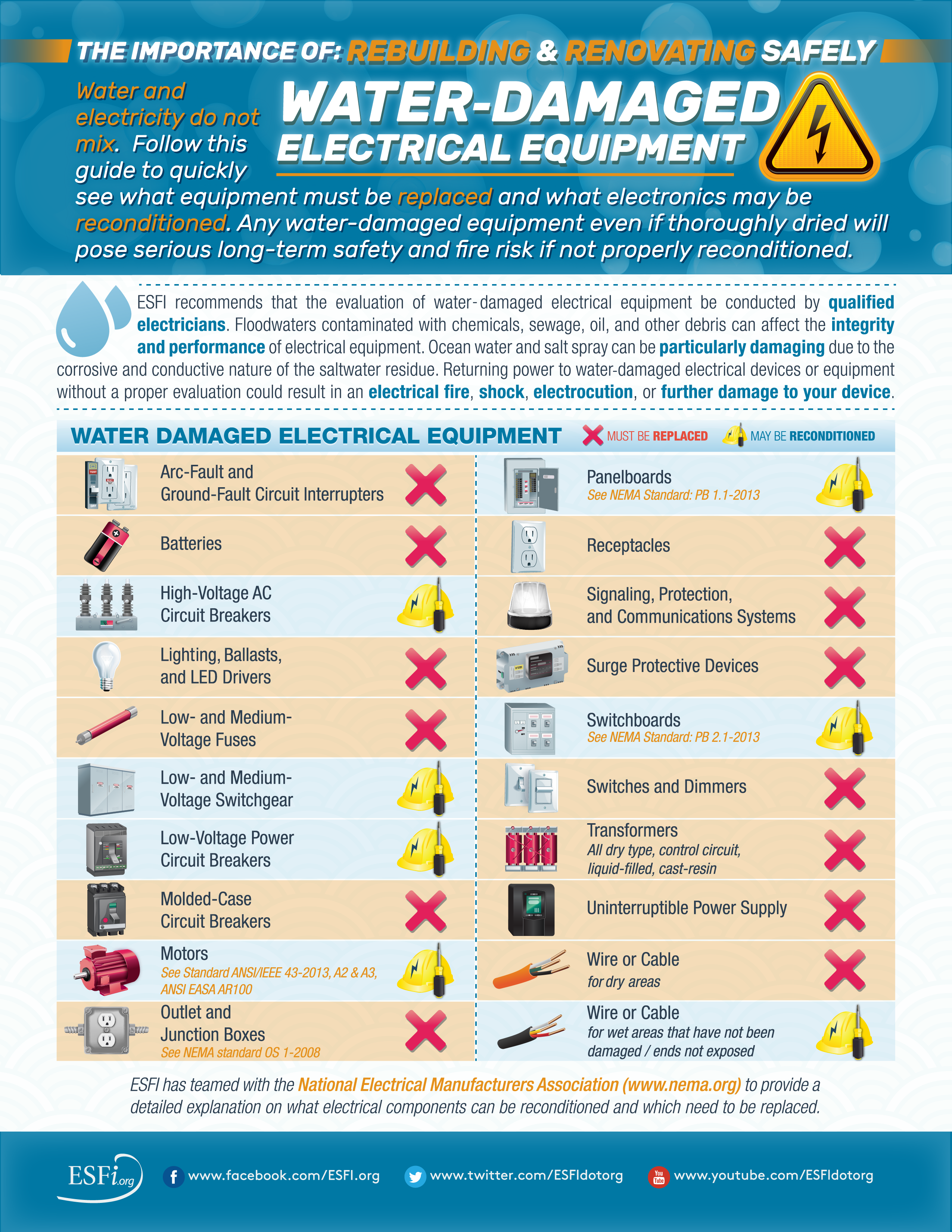The 2020 version of the NEC just took a leap forward for at least one of these two locations with changes to a rule that has been a long-standing requirement for many years – the six (6) disconnect rule found in 230.71.
Electric shock drowning (ESD) tragically occurs when a child or adult enters a body of water that is electrically energized or when the water around a person suddenly becomes energized.
The CPSC estimates that 50% of home electrocutions have been prevented by the introduction of Ground-Fault Circuit Interrupters (GFCIs).
Contingency planning for continued business operations during a natural disaster is a multi-faceted risk management issue.
When power lines are down, residents can restore energy to their homes or other structures by using another power source such as a portable generator. There are several precautions to follow, however, to prevent electrical disaster. Here are a few quick tips.
Electrical hazards quickly multiply for workers involved in recovery efforts following weather emergencies, such as downed electrical wires.
NFPA 70B, Chapter 32, is a recommended practice that contains information supporting the development of an electrical preventive maintenance program.
Water and electricity do not mix. Follow this guide to quickly see what equipment must be replaced and which electronics may be reconditioned.
To take this code quiz on disaster recovery in the 2017 NEC, you'll need a sharp mind and a copy of the 2017 National Electrical Code book.


